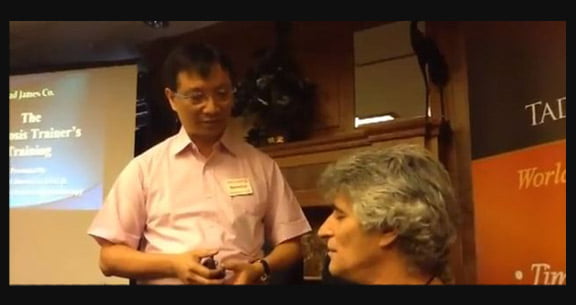Live 1800’s Old Hypnosis Training Demos
Part 5
This is the original induction from James Braid, the man who actually coined the term “hypnosis” and is considered to be the father of modern hypnotism as an abbreviation for “neuro-hypnotism”. The term hypnosis means a state that resembles sleep but that is induced by suggestion (from the Greek hypnos – nervous sleep (that is, sleep of the nerves),
This is the induction that kicked it all off. Braid
“, objected being called a hypnotist; he was, he said, no more a “hypnotic” than a “castor-oil” doctor.” ” John Milne Bramwell (1852-1925)1“
James Braid played an important part in rescuing hypnosis from ignorance and superstition.
“In 1843, Braid published Neurypnology, or The Rationale of Nervous Sleep, of which eight hundred copied were sold in a few months. In this work are to be found his earliest theories. After having established the subjective origin of the phenomena, he proposed that they should be called “hypnotic” instead of “mesmeric” , and invented the following terminology: – Neurypnology, the rationale or doctrine of nervous sleep, Neuro-Hypnotism, or nervous sleep, a peculiar condition of the nervous system produced by artificial contrivance. ” 2
“Hypnotism, he said, was capable of curing many diseases for which formerly there had been no remedy“3 But in the same breath he finds it important to mention that “he had always tried to dispel mystery, and could teach any intelligent medical man to do what he had done. In skilled hands there was neither pain, discomfort, nor danger associated with hypnotic treatment”.4
Sources:
2. Bramwell, Hypnotism Its History, epub, p 51, emphasis and bold face added
3. Bramwell, Hypnotism Its History, epub, p 52
4. Bramwell, Hypnotism Its History, epub, p 52


